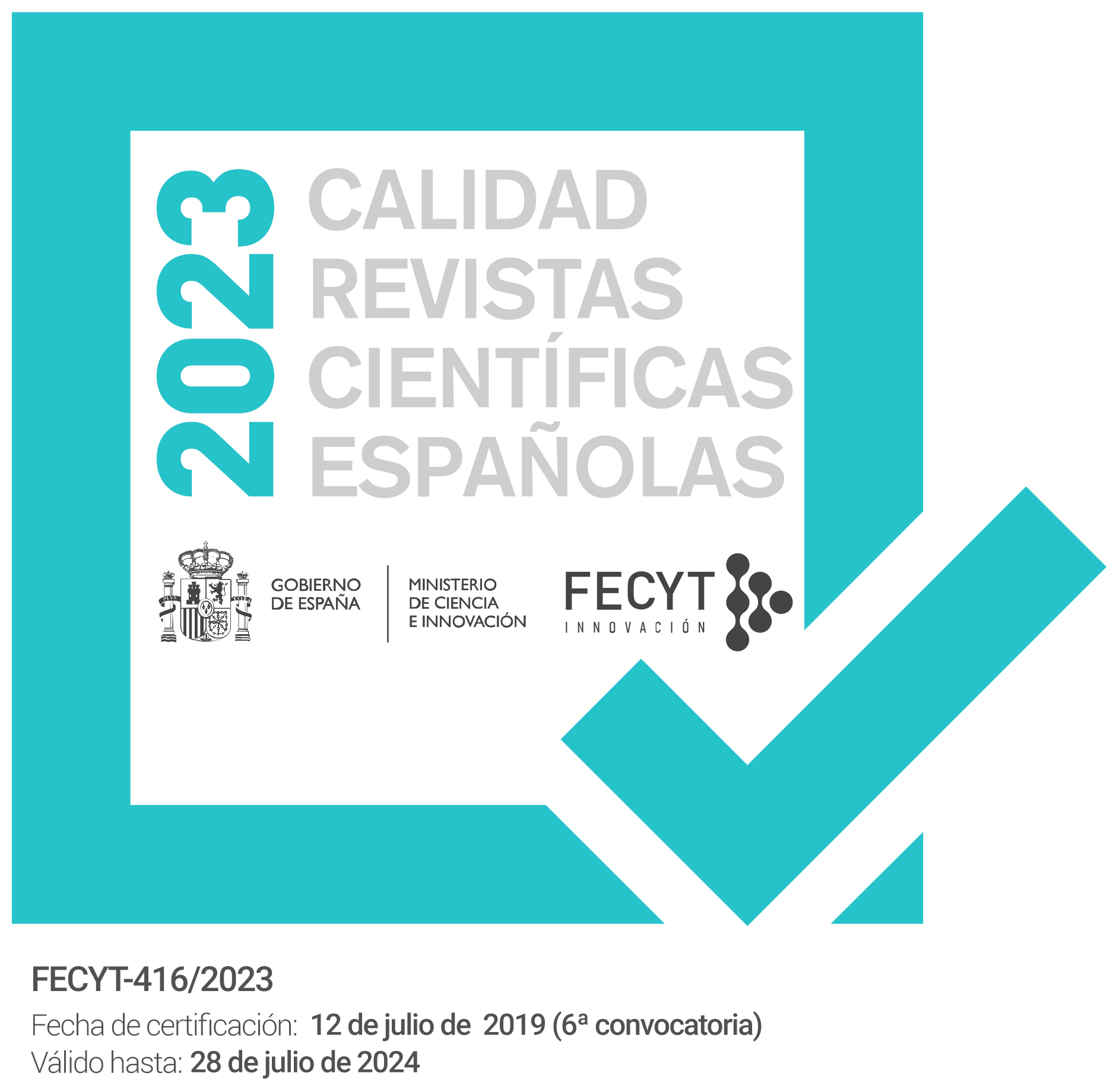La institucionalización del modelo tabaquero español 1580-1636: La creación del estanco del tabaco en España. Nota y discusión
Keywords:
tabaco, monopolio, fiscalidad, fraude y contrabando, aranceles, reforma fiscal, comercio internacional, tobacco, monopoly, taxes, fraud and smuggling, tariffs, fiscal reform, international tradeAbstract
La nota pretende analizar el contexto histórico en el que se inicia la economía tabaquera europea a principios del siglo XVII. Las decisiones sobre la producción, el comercio y la fiscalidad que este nuevo producto provoca en los estados de la época vienen motivadas por su creciente importancia como fuente de recursos públicos ante el espectacular desarrollo de su consumo. En un escenario de guerra casi permanente (Guerra de los Treinta Años, Guerras de Flandes, etc.), el tabaco proporciona unos ingresos fiscales saneados a los gobiernos. En este contexto se sitúa la aparición del primer monopolio fiscal moderno, el estanco español del tabaco creado por Real Cédula de 26-XII-1636 y las consecuencias que la misma tuvo para el posterior desarrollo de una economía del tabaco en España.
The note expect to analyse the historical environment at the beginning of the XVII century when the tobacco is introduced into the European economy. The production, trade and taxation on the tobacco decisions take for the governments, was driving to become importance of fiscal revenues produced by the growing consumption of that one, because the war needs expenditures drive the fiscal regulation. In this context the Spanish government establish the first fiscal monopoly by Royal Act of 26-XII-1636.
Downloads
Downloads
Issue
Section
License
The articles are open access distributed under the terms of the Creative Commons Attribution-NonCommercial-NoDerivatives (CC BY-NC-ND) Spain 4.0 license. Authors who publish in this journal agree with the following terms:
a) Authors retain the copyright and guarantee the journal the right to be the first publication of the work as well as licensed under a Creative Commons Attribution License that allows others to share the work with a recognition of the authorship of the work and the Initial publication in this magazine.
b) Authors may separately establish additional agreements for the non-exclusive distribution of the version of the work published in the journal (for example, place it in an institutional repository or publish it in a book), with recognition of its initial publication in this magazine.
c) Authors are allowed and encouraged to disseminate their work electronically (for example, in institutional repositories or on their own website) before and during the submission process, as it may result in productive exchanges, as well as a earliest and largest citation of published works (See The Effect of Open Access).



